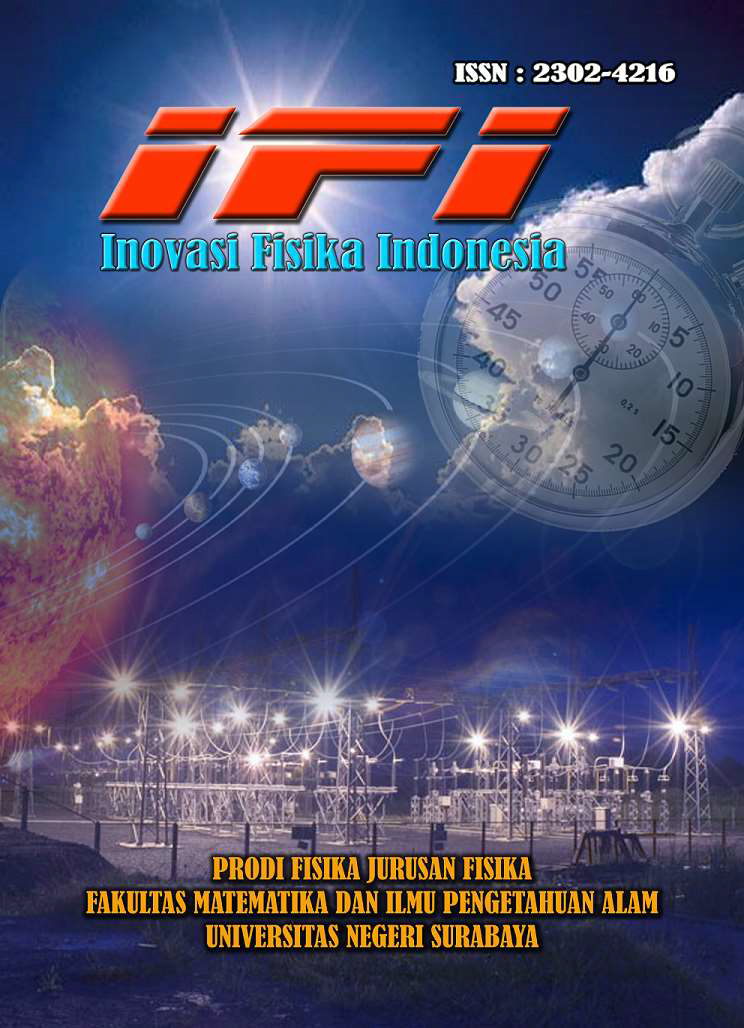ANALISIS ATENUASI MAXIMUM TSUNAMI AMPLITUDE DAN ENERGY DECAY TIME UNTUK TSUNAMI LINTAS SAMUDERA PASIFIK
Kata Kunci: maximum tsunami amplitude, jarak dan waktu tempuh, energy decay time
DOI:
https://doi.org/10.26740/ifi.v12n1.p88-103Downloads
Download data is not yet available.
Downloads
Published
2023-05-12
How to Cite
Maulidia, D., & Prastowo, T. (2023). ANALISIS ATENUASI MAXIMUM TSUNAMI AMPLITUDE DAN ENERGY DECAY TIME UNTUK TSUNAMI LINTAS SAMUDERA PASIFIK: Kata Kunci: maximum tsunami amplitude, jarak dan waktu tempuh, energy decay time. Inovasi Fisika Indonesia, 12(1), 88–103. https://doi.org/10.26740/ifi.v12n1.p88-103
Issue
Section
Fisika Kebumian
 Abstract views: 162
,
Abstract views: 162
, PDF Downloads: 187
PDF Downloads: 187








1.png)
